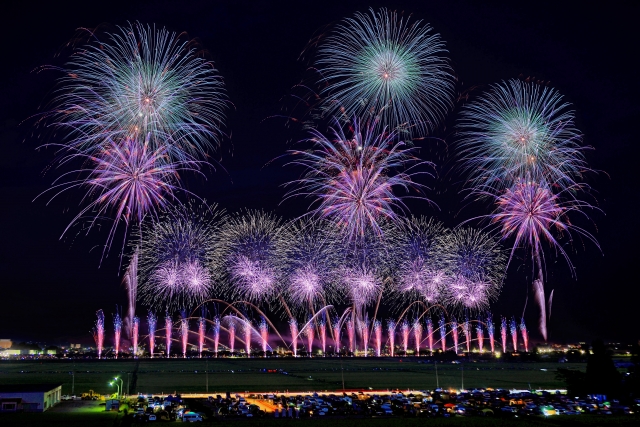
- Recommended for these people
- ・If you are unsure of what settings to use
・If you don't know how to set up your camera
・Those who want to preserve their summer memories in beautiful photos
Fireworks are a staple of summer. You want to capture them in beautiful photos, right?
But many people think, "taking pictures of fireworks seems difficult," or "I don't really know how to set them up."
In this article, we'll explain in an easy-to-understand way how even beginners can take beautiful photos of fireworks without making mistakes.
We'll also introduce example settings and the operation flow so that even first-time firework photographers can try it with confidence, so be sure to check it out!
This page contains advertisements
The key is a tripod and an ND filter.
When photographing fireworks, brightness of light and camera stability are very important.
The basic procedure for using a slow shutter speed to capture a beautiful trajectory is to stabilize the camera on a tripod and control the amount of light with an ND filter.
Here we will introduce how to use them and how to choose the best one.
Prepare your tripod
To take beautiful photos of fireworks, you use a technique called "long exposure," which means opening the shutter for several seconds or more.
If the camera moves even a little during that time, the fireworks will blur, ruining your precious photo.
That's when a tripod comes in handy.
It keeps the camera firmly in place, so you can take blur-free photos of the fireworks.
Tripods are easy to purchase on sites like for just a few thousand yen.
Even beginners can easily get their hands on one, and many models are lightweight and compact, making them easy to carry around.
Prevent whiteout with a variable ND filter
Fireworks are bright and the surroundings are dark, so adjusting the aperture and ISO alone can result in overexposure.
In such cases, using an ND filter will allow you to control the amount of light and leave beautiful trails.
- Benefits of variable ND filters
- ・Convenient because you can adjust the amount of light reduction with a dial
・Can be optimized on the spot depending on the time of day and the brightness of the fireworks
・No need to stack filters, compact and easy to carry
*You will need to purchase an ND filter that matches the filter diameter size of your lens.
Things to know in advance about shooting locations
Choosing where to take the shot is very important to take beautiful fireworks photos.
Even if you have great equipment and settings, choosing the wrong location can ruin everything.
- Points to consider when choosing a location for your shoot
- ・Choose a location with a good view
→ Directly in front of the launch site or at a slight angle is best. Make sure there are no trees or buildings in the way beforehand.
・Flat ground where you can place your tripod stably
→ Grass, paved areas, and areas with little gravel are recommended. Wobbling can cause blurring.
・A location with a clean background
→ Choosing a location where power lines, street lights, and crowds are unlikely to appear in the photo will significantly improve the quality of your photo.
・Make use of picturesque locations such as waterside or hills
→ When the fireworks are reflected on the water's surface, it creates a fantastical photo. A bird's-eye view from high ground is also recommended.
Set to M mode
When photographing fireworks, it can be difficult to capture the brightness and trajectory you want in auto mode.
That's where M mode (manual mode) comes in handy.
In M mode, you can fine-tune the shutter speed, F-stop (aperture), and ISO sensitivity yourself, so you can take the shot you imagine.
STEP.1
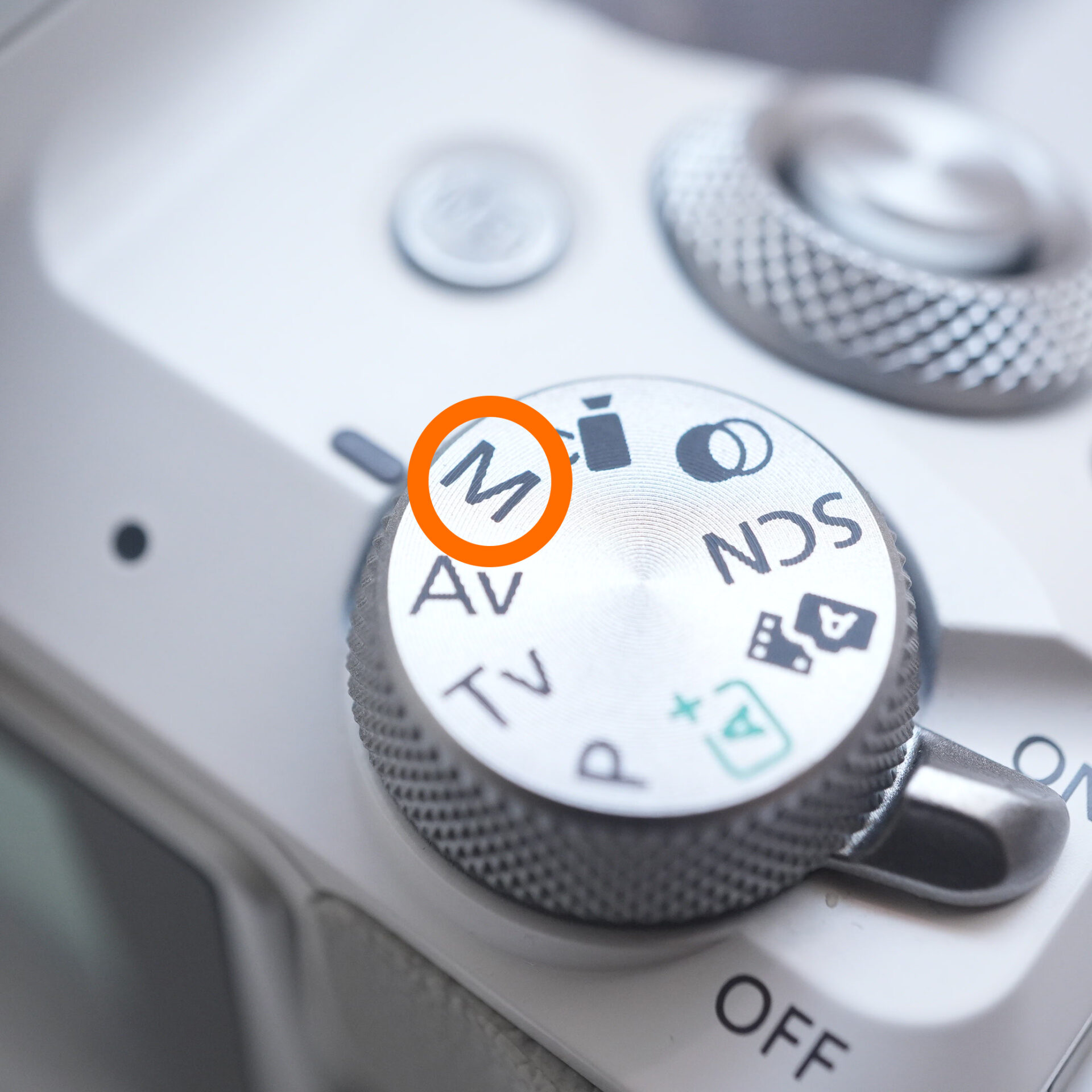 |
| Set the dial to M. |
BULB mode is convenient
When photographing fireworks, the timing of when you press the shutter and the length of time the shutter is open are extremely important.
The BULB mode is useful in such situations.
- What is BULB mode?
- BULB mode is a shooting mode in which the shutter remains open only while the shutter button is pressed.
In other words, you can open the shutter the moment the fireworks explode and keep it open until they disappear, allowing you to freely capture the trajectory of the fireworks.
STEP.1
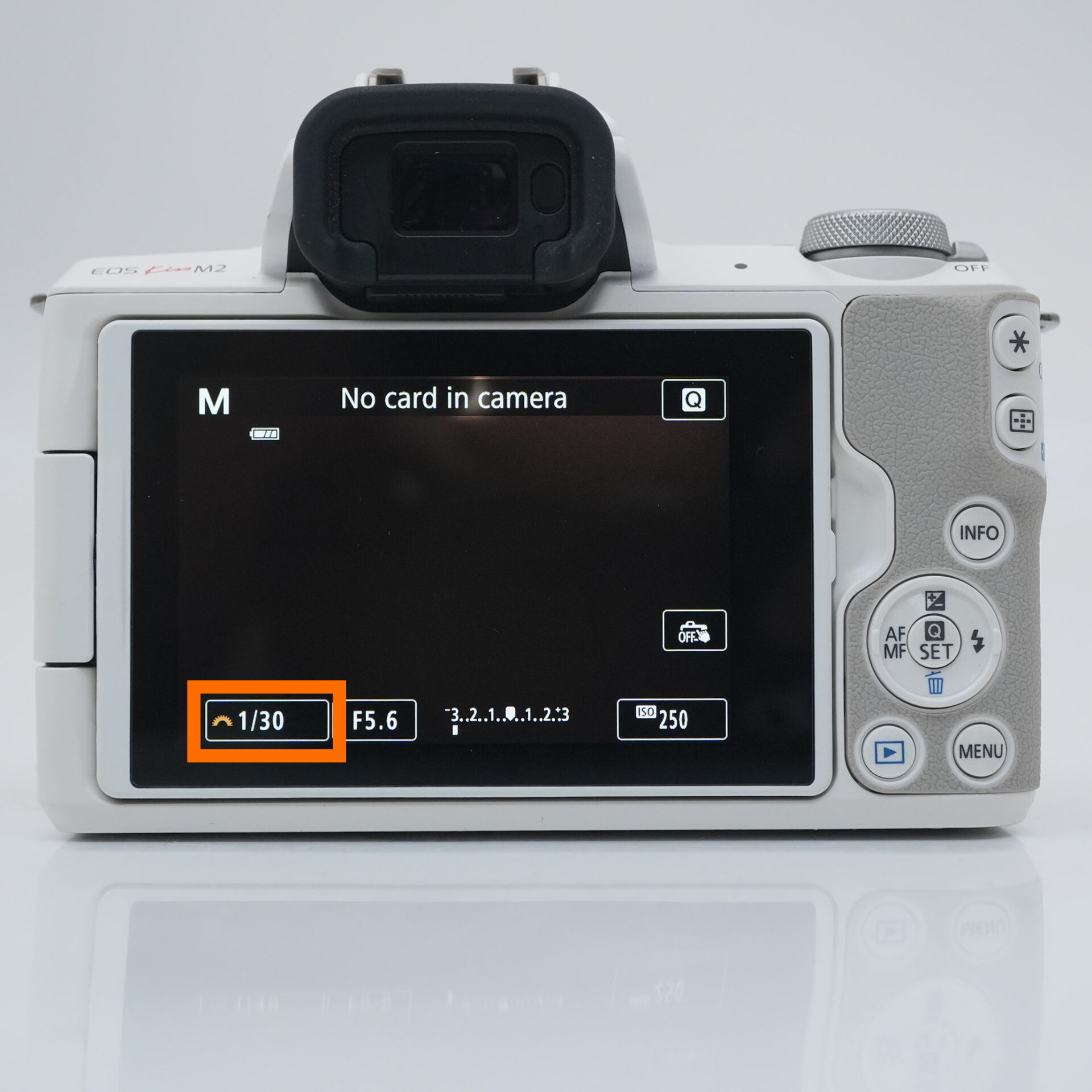 |
| Tap SS |
STEP.2
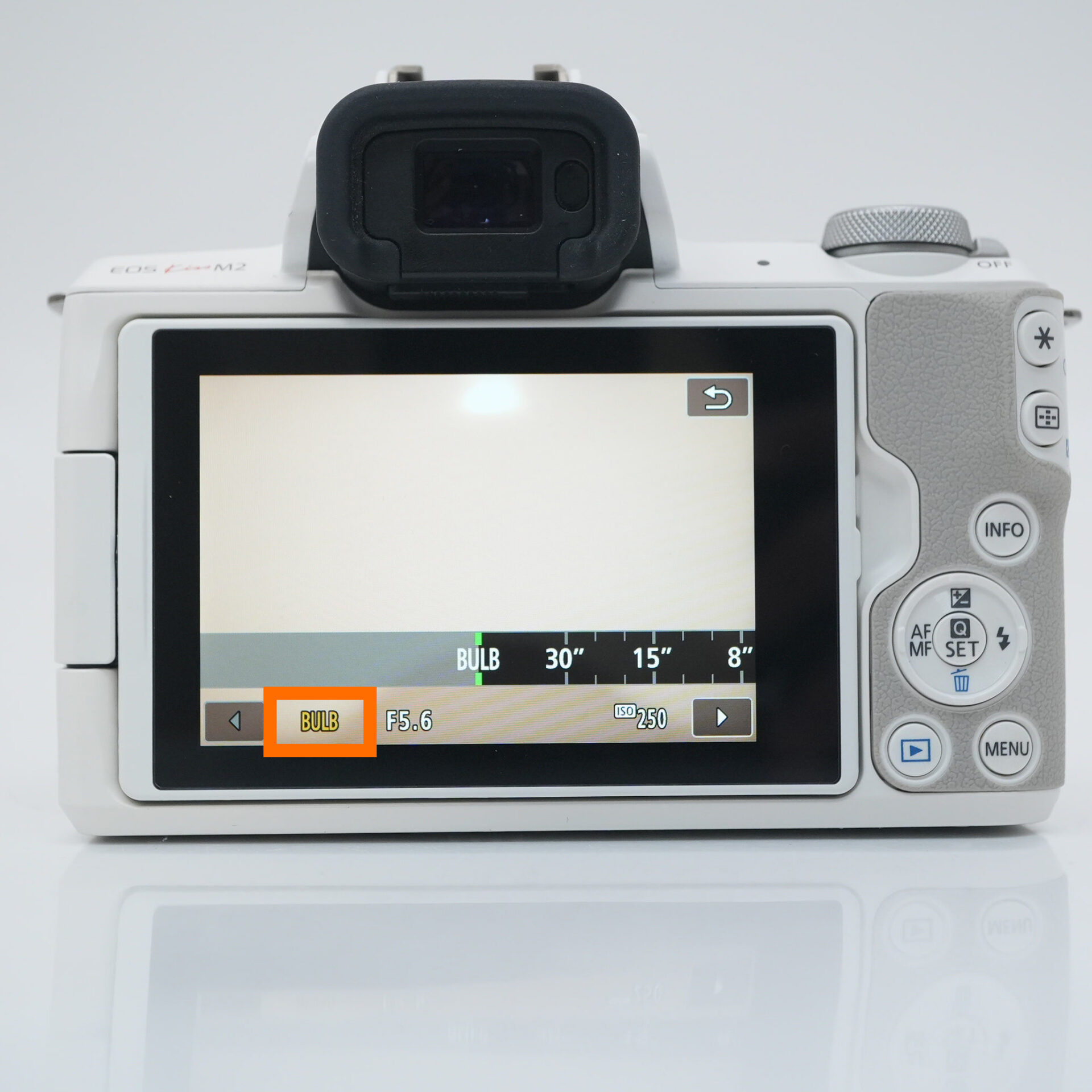 |
| Set to BLUB |
Set it to around F10
- Why is the F10 suitable for photographing fireworks?
- ・The focal range (depth of field) becomes wider
→ The entire fireworks are captured clearly and sharply
・By reducing the amount of light appropriately, you can prevent overexposure
→ The strong light of the fireworks is not blown out, and the gradation remains strong
・The value at which the lens performance becomes stable
→ Most lenses have the highest resolution at around F8 to F11
"If you're unsure of the settings, start with F10." Just that will greatly improve the quality of your photo.
STEP.1
 |
| Tap F value |
STEP.2
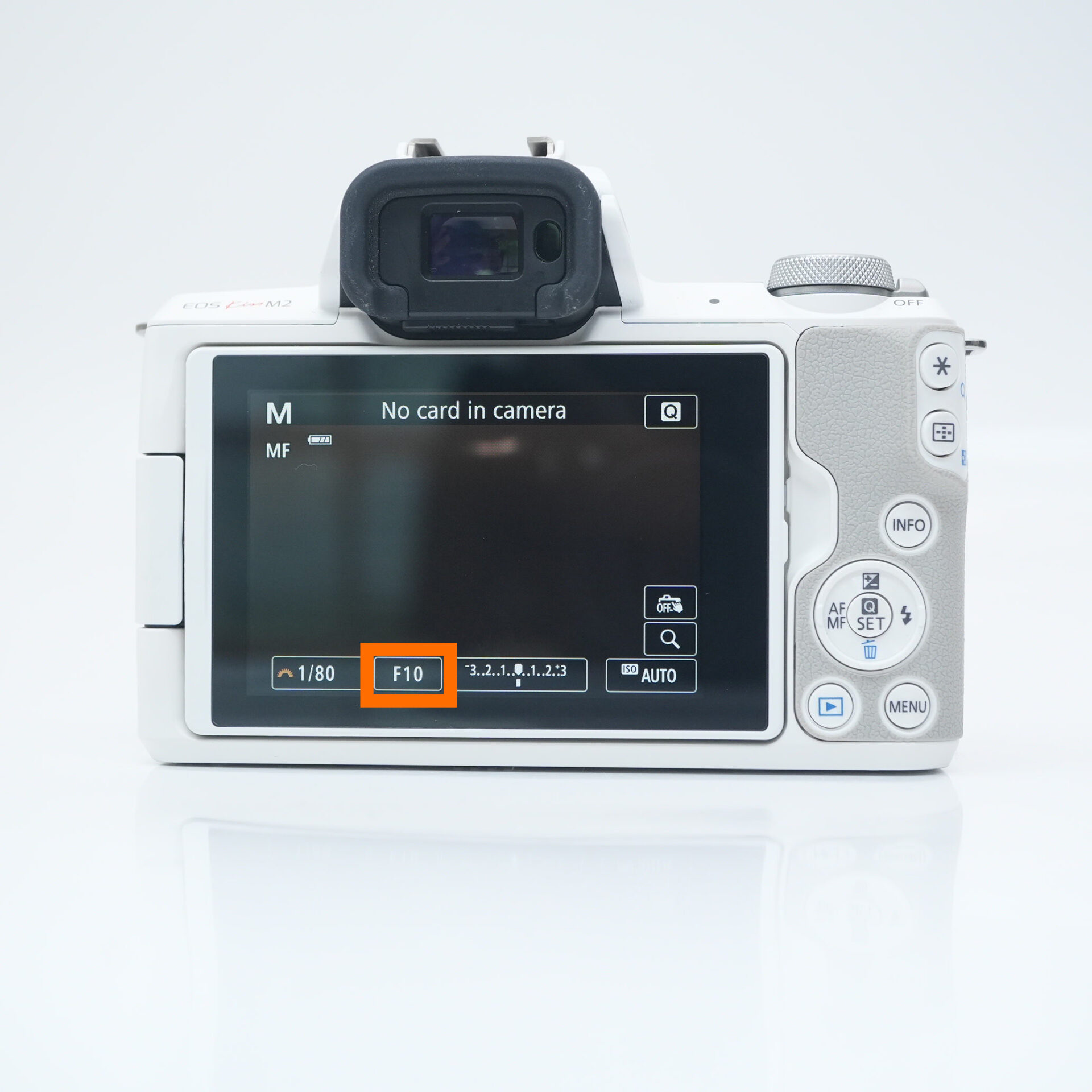 |
| Set F-stop to 10 |
Set ISO to 100
To capture beautiful images of fireworks, it's important to minimize noise and retain the details of color and light.
The most important thing to do to achieve this is to set the ISO speed.
- Why is ISO 100 the best?
- ・ Extremely low noise, clear finish
・ Helps prevent overexposure in bright fireworks
ISO 100 is optimal, but it is best to use a different setting depending on the situation.
STEP.1
 |
| Tap iso |
STEP.2
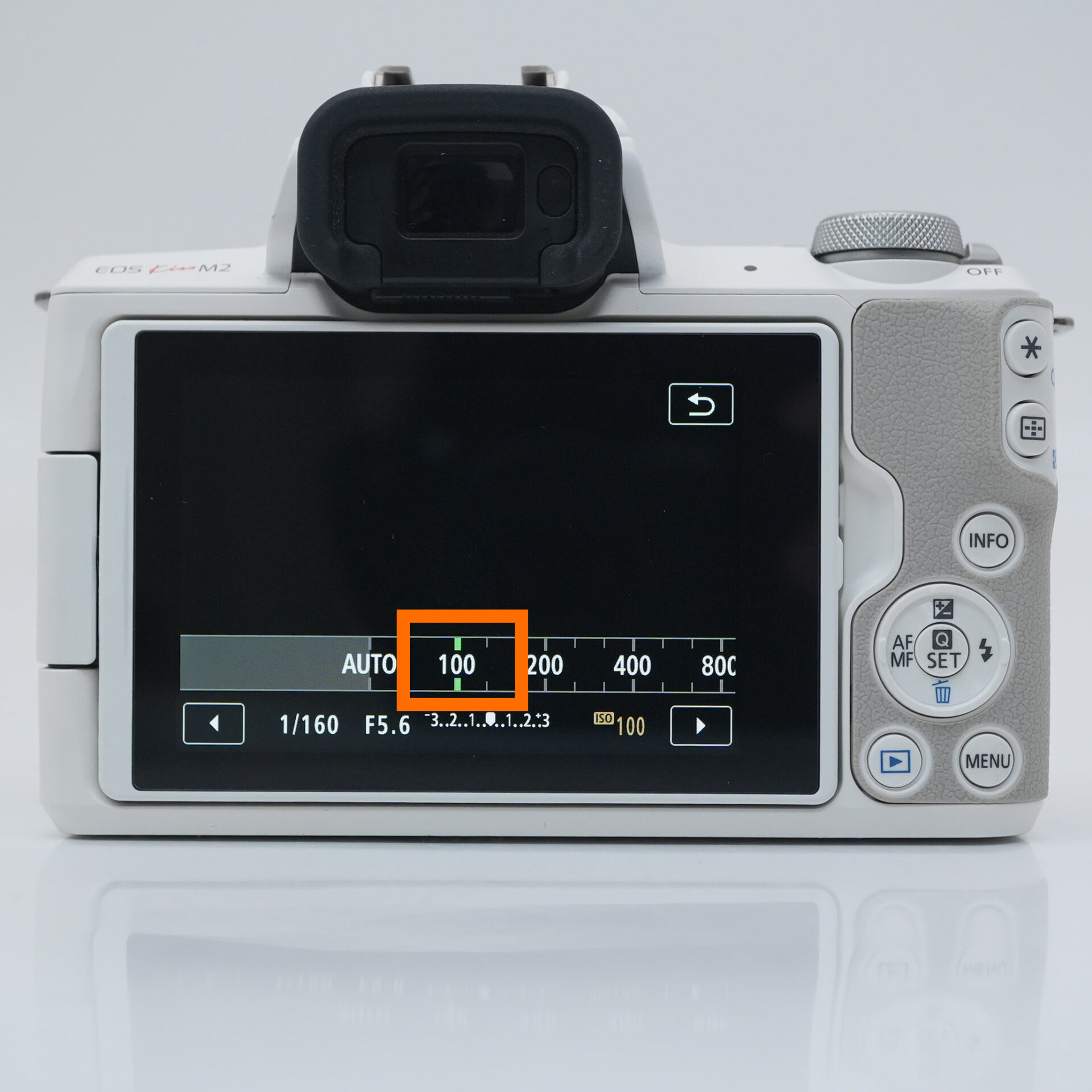 |
| Set iso to 100 |
Turn off long exposure noise reduction
When photographing fireworks, it's important to "not miss any shots at a tempo that doesn't let you miss any."
Long exposure noise reduction is a convenient function, but when photographing fireworks, turning it off will allow you to quickly prepare for the next shot.
Be sure to check it out before shooting so you don't miss any climax moments!
STEP.1
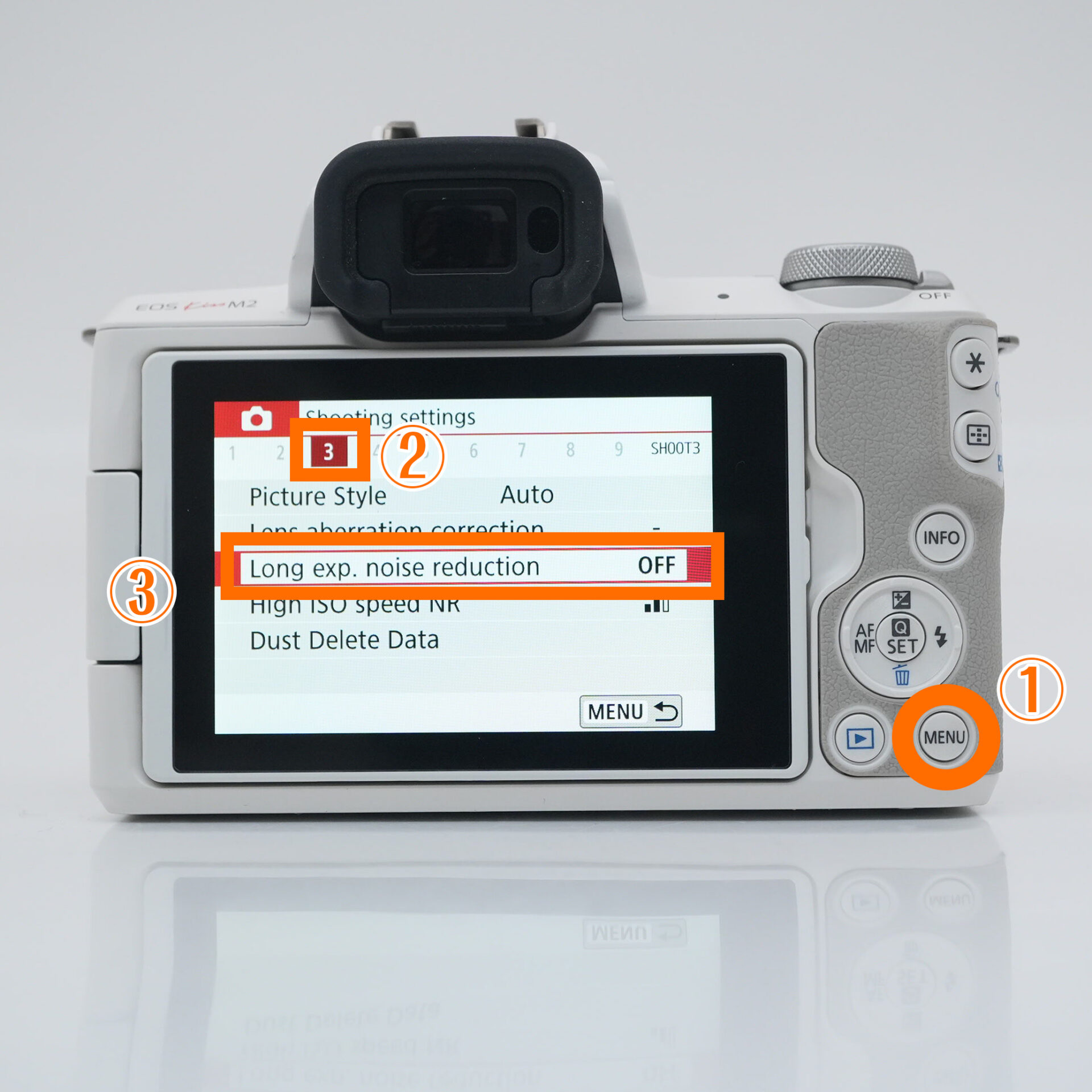 |
| MENU→Select the camera icon 3→Select Long exp.noise reduction |
STEP.2
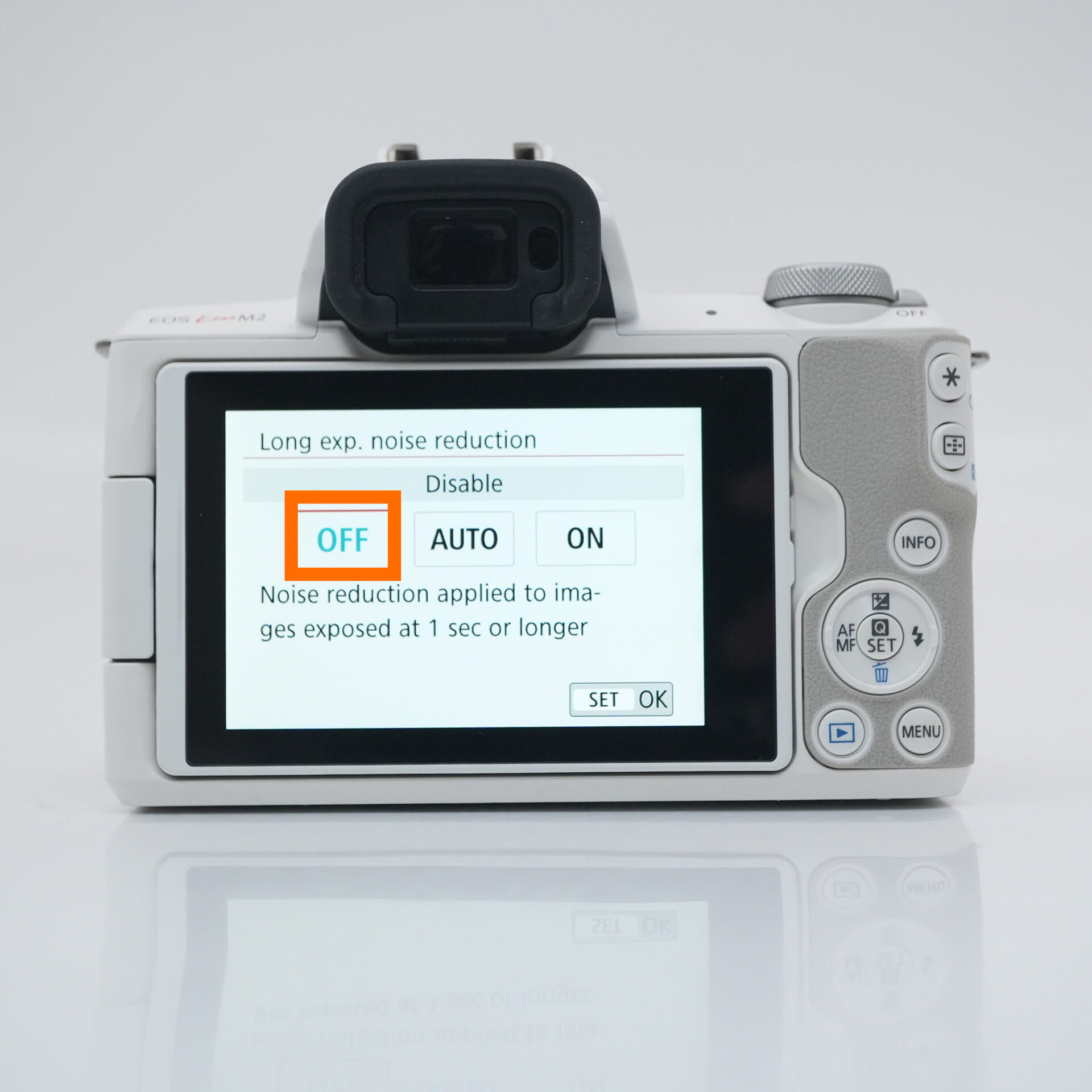 |
| Select OFF |
Turn off image stabilization when using a tripod
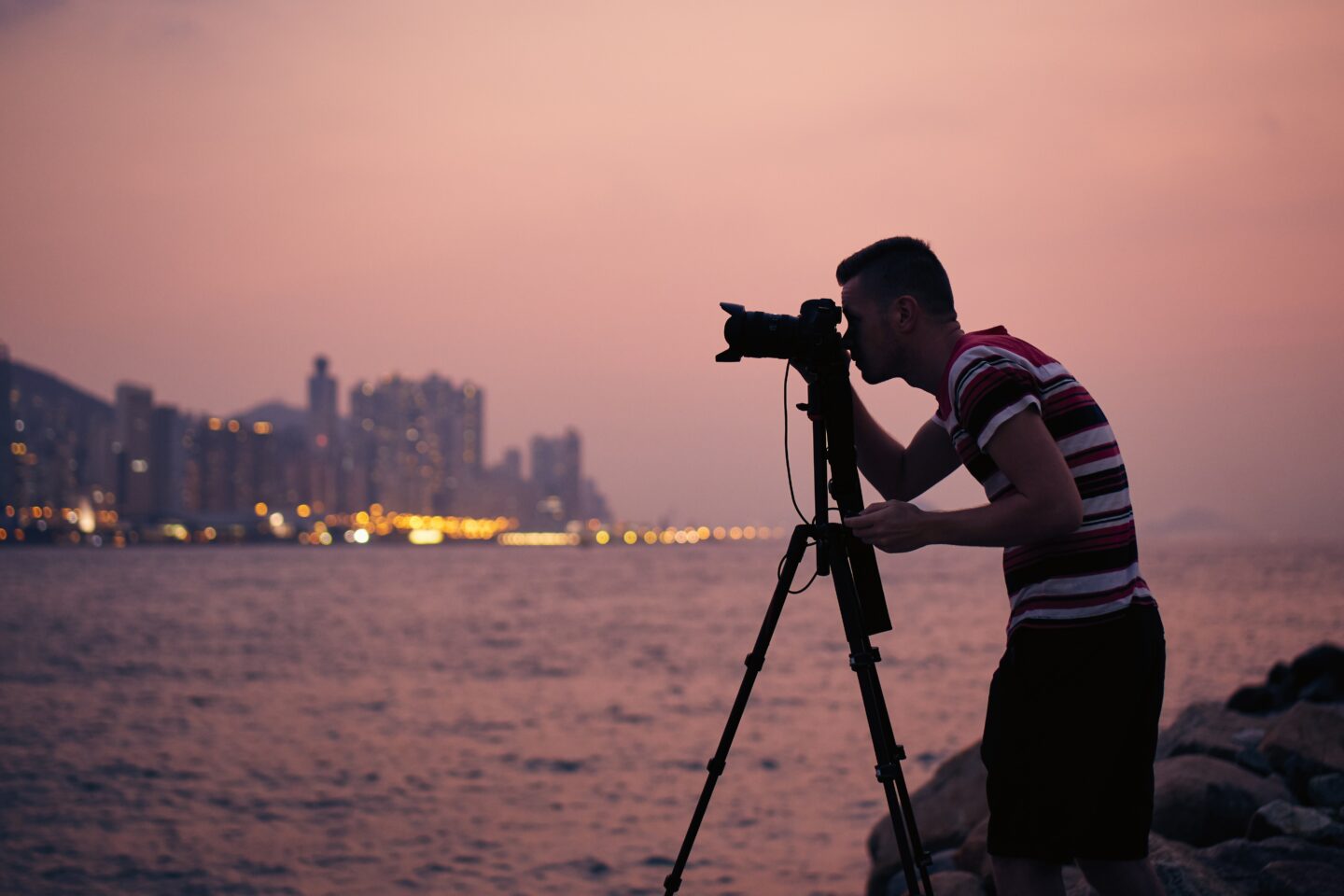
Not only is image stabilization unnecessary when shooting from a tripod, it is a setting that can actually worsen image quality.
To capture the beautiful trails of fireworks, make sure to check that image stabilization is turned off before shooting.
STEP.1
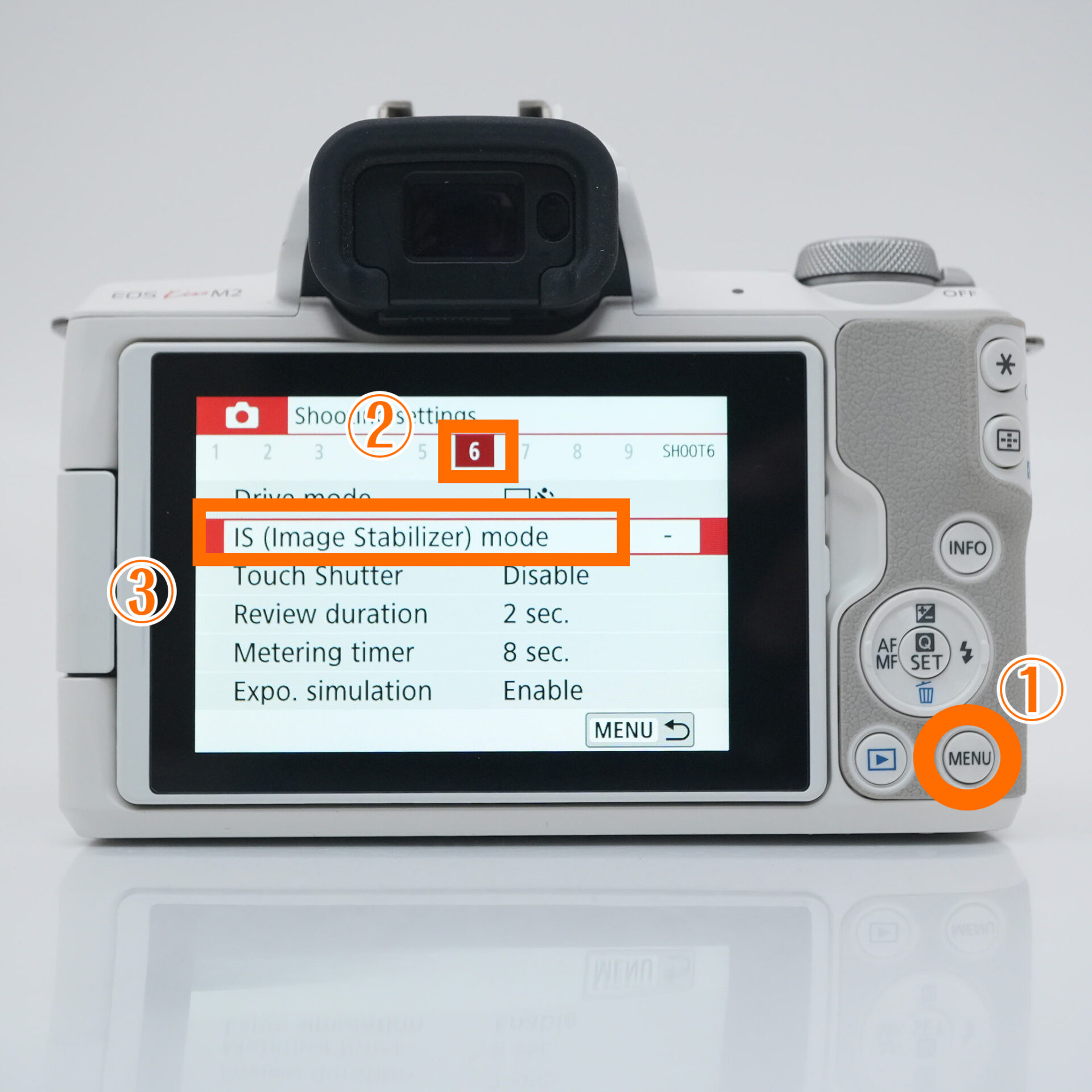 |
| MENU→Select the camera icon 6→IS mode |
STEP.2
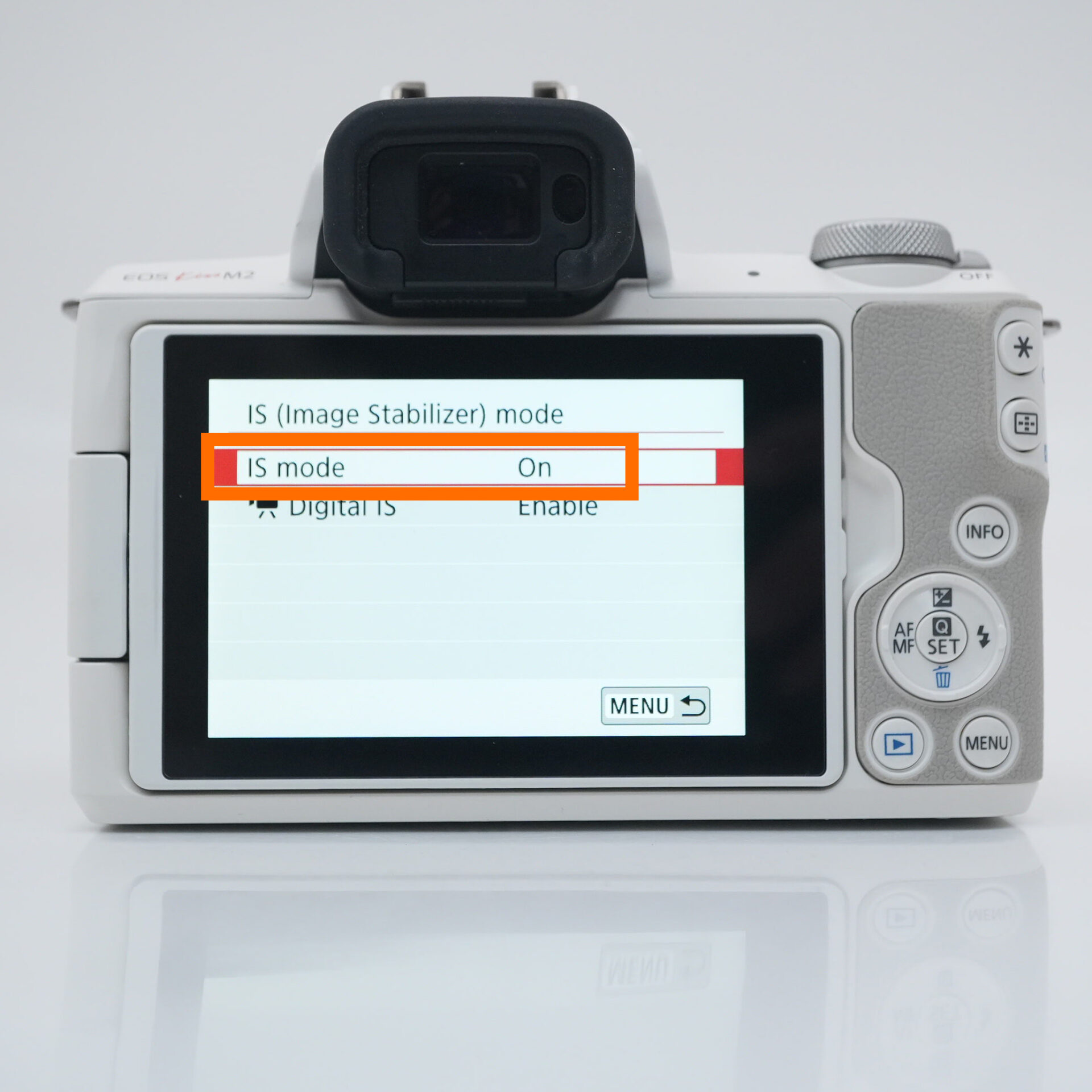 |
| MENU→Select the camera icon 6→IS mode |
Set the color temperature to around 3500K.
Setting the color temperature (white balance) is very important to accurately capture the beauty of fireworks in your photos.
If you rely too much on auto white balance (AWB), the colors may vary depending on the scene, and unintended color casts (orange or blue casts) may occur.
For that reason, we recommend shooting with the color temperature fixed at around 3500K.
To capture beautiful fireworks in your photos, it's best to manually set the color temperature to around 3500K.
STEP.1
 |
| Select white balance |
STEP.2
 |
| Set it to 3500 |
Set to manual focus

If you use autofocus, it may not be in focus because it is dark at night.
By setting it to manual focus, you can fix the focus and take the picture.
It's fine to focus when the fireworks are being set off, but if you can see where the fireworks are going off while it's still light, you can focus on the launch site and then fine-tune the focus once the fireworks have gone up, which is less likely to result in mistakes.
STEP.1
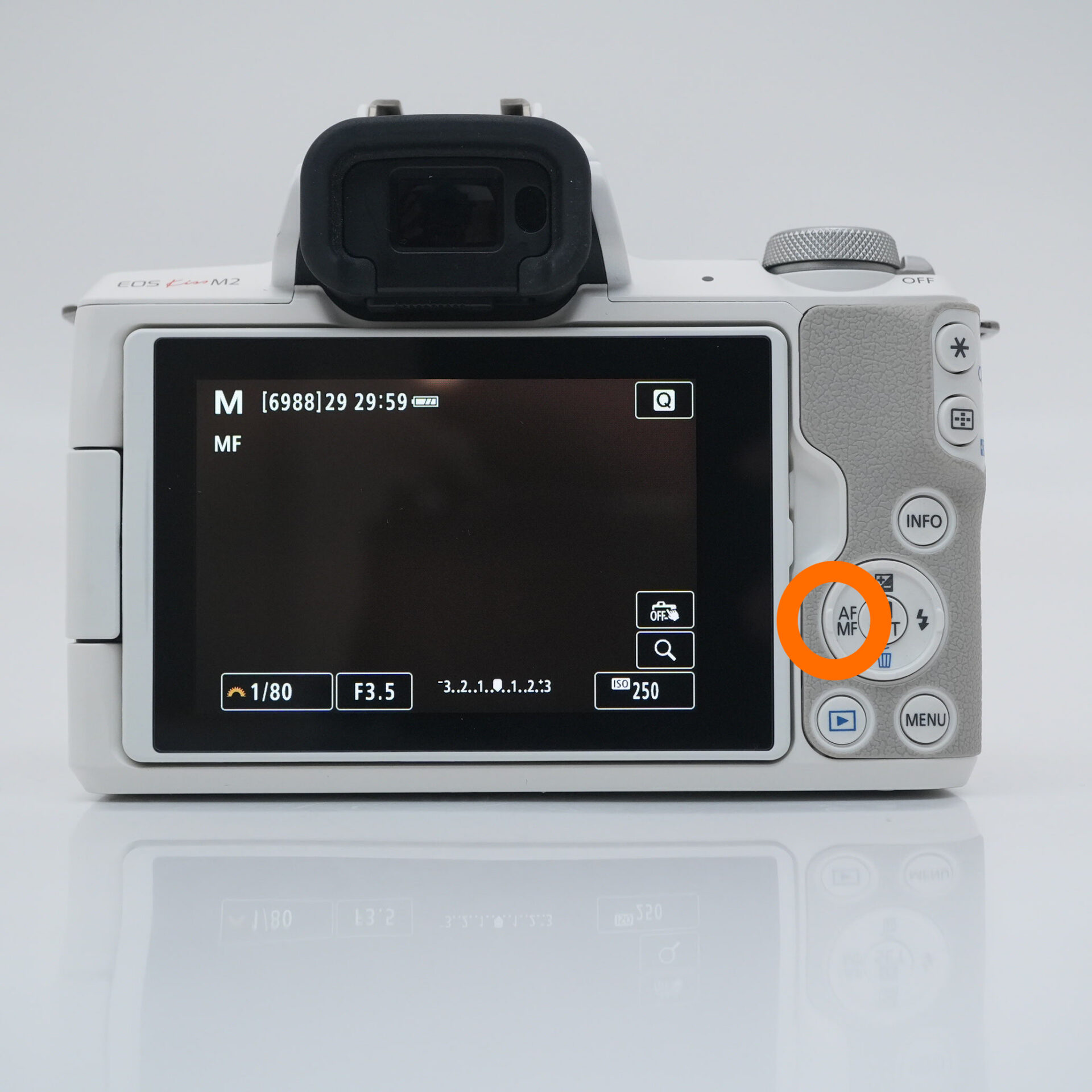 |
| Press left on the directional pad |
STEP.2
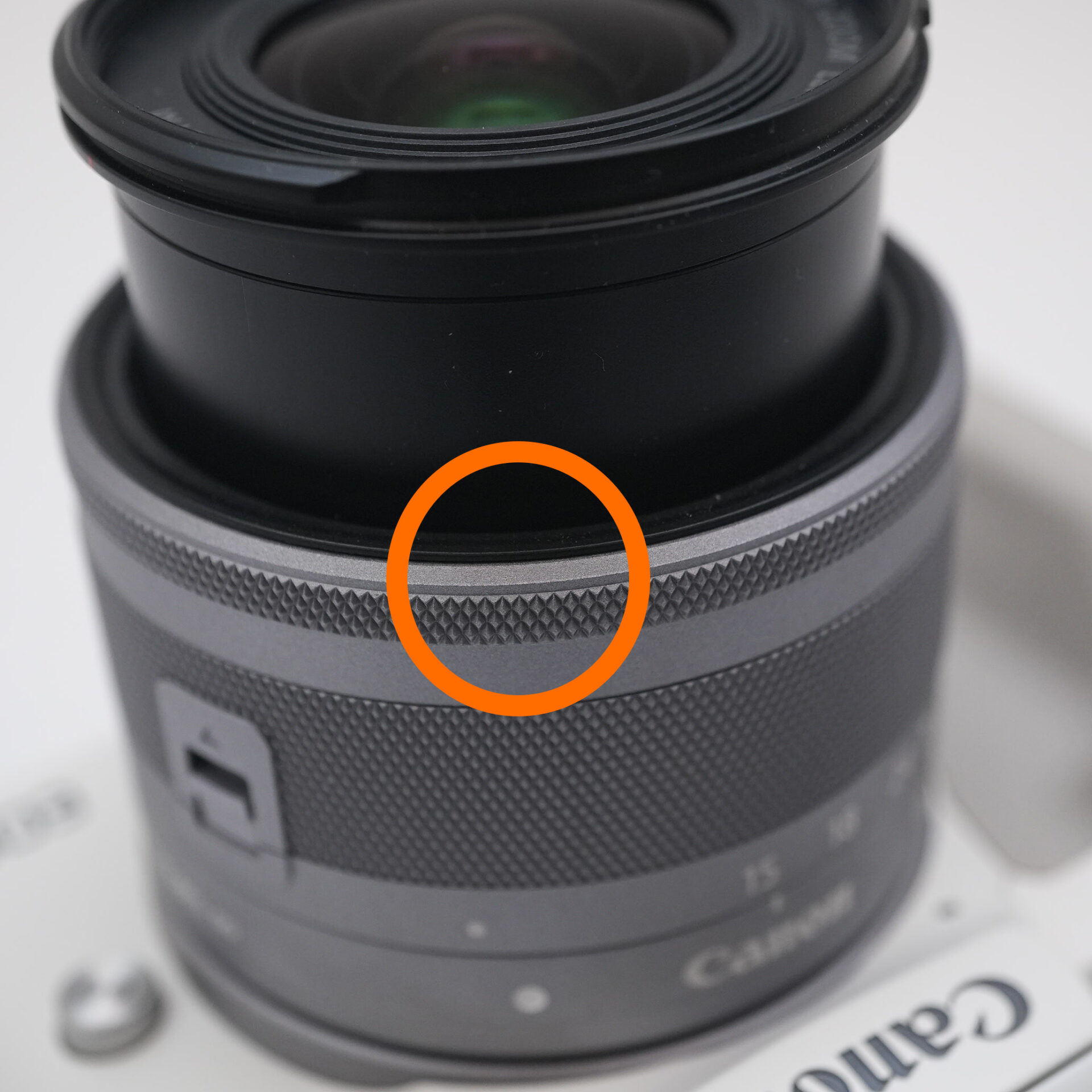 |
| Turn the dial on the front to adjust the focus |
Connect your smartphone and camera to take blur-free photos
When photographing fireworks, any shaking at the moment you press the shutter can have a big impact on the quality of your photo.
That's why we recommend connecting your camera to your smartphone and controlling it remotely.
The timing of the shutter determines the beauty
The most important thing when photographing fireworks is the timing of when you press the shutter.
Even if your settings and composition are perfect, if you miss that "moment," the firework's trail will be cut off halfway through.
"When should I press the shutter?" is a point that many people get unsure about, but there are some general patterns.
- Point
- ・The moment the fireworks go up → Press the shutter button.
・The moment the fireworks disappear in the sky → Release your finger from the shutter button.
How to adjust settings when a photo is too bright or too dark
When photographing fireworks, it's common to make mistakes such as "it turned out brighter than I expected" or "it's too dark to see the fireworks well."
Especially with long exposures at night, even small changes in settings can have a big impact on the brightness of the photo, so it's a good idea to know some tips for making adjustments.
Review your settings in the following order.
- When it's too bright
- 1. Lower the ISO sensitivity (e.g. ISO200 → ISO100)
↓
2. Increase the F-stop (e.g. F10 → F13)
↓
3. Adjust the variable filter to a darker setting
- When it's too dark
- 1. Adjust the variable filter to a brighter setting or remove it
↓
2. Decrease the F-stop (e.g. F11 → F8)
↓
3. Increase the ISO sensitivity (e.g. ISO100 → ISO200-400)
Get a feel for it before you shoot

One of the things that can easily go wrong when photographing fireworks is the timing of pressing the shutter.
To capture the exact moment from when the fireworks launch until they bloom, you need a certain degree of predictive ability.
A good way to get a feel for this is to practice using fireworks festival videos on sites like YouTube.
summary
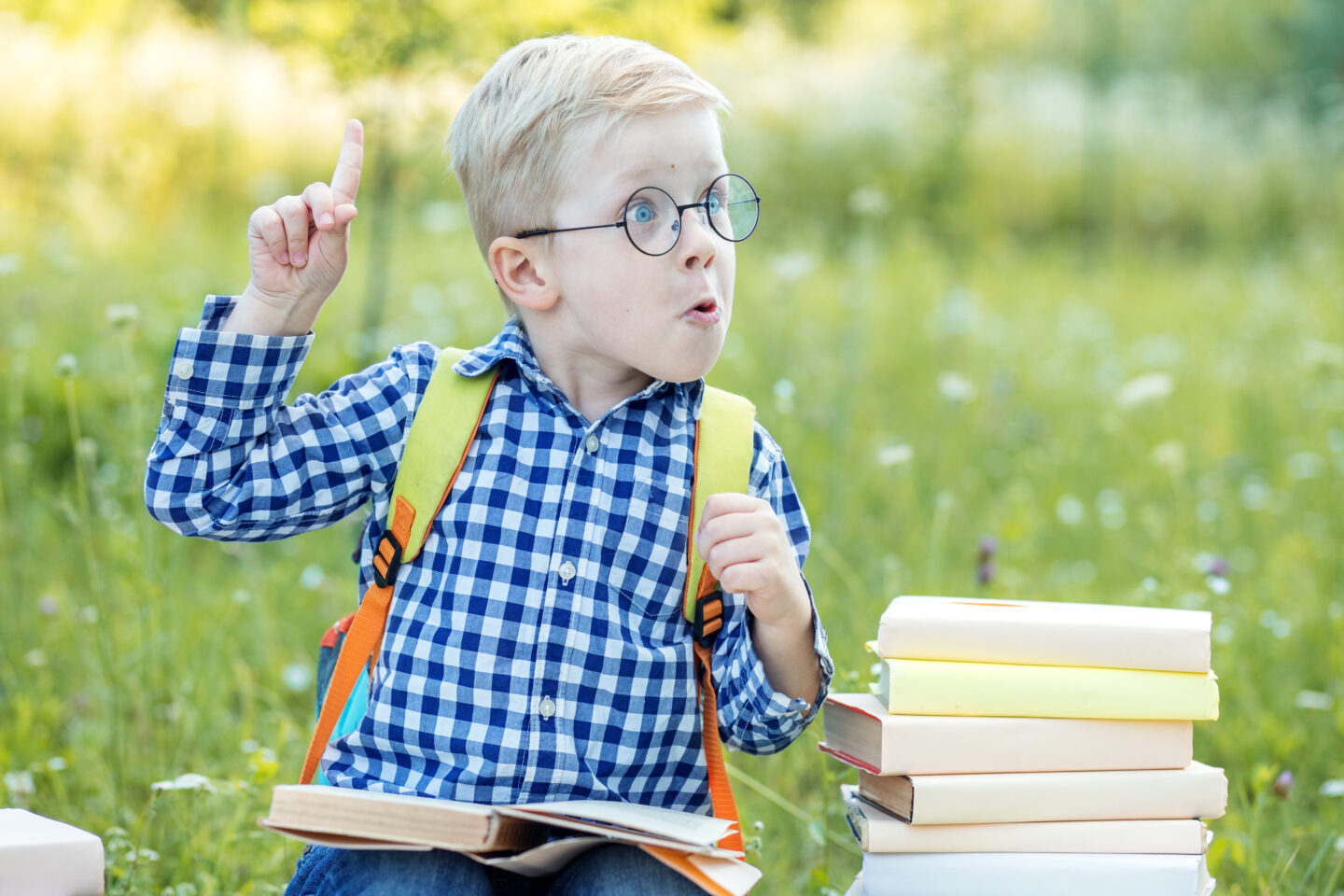
Just by mastering the basics, such as camera settings, composition, timing, and stability, the end result of your photo can change dramatically.
In this article, we've introduced some techniques for photographing fireworks that even beginners can start practicing today.
This summer, why not grab your camera and have fun taking your own unique fireworks shots?